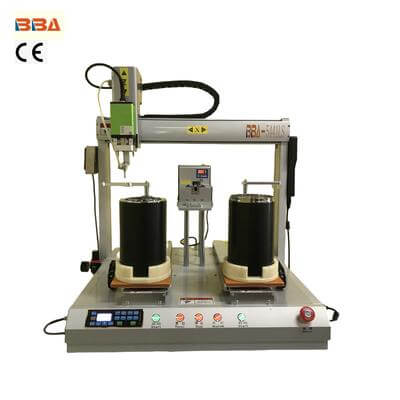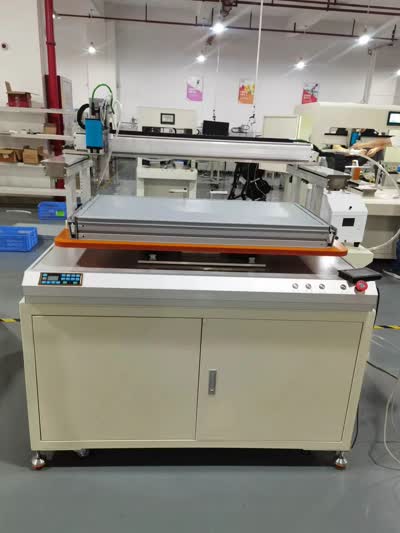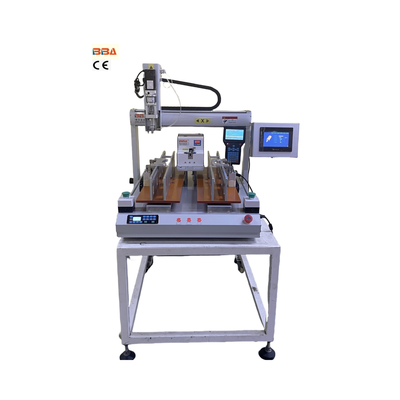The Role of Torque Control in Robotic Screwdrivers | Industrial Automation

The Role of Torque Control in Robotic Screwdrivers
In the world of industrial automation, precision and reliability are paramount. Robotic screwdrivers have become indispensable tools in assembly lines across various sectors, from electronics and automotive to aerospace and consumer goods. At the heart of these sophisticated systems lies a critical technology: torque control. This feature is not merely an added advantage but a fundamental component that dictates the quality, efficiency, and success of automated fastening processes.
Understanding Torque Control
Torque, in simple terms, is the rotational force applied to fasten a screw or bolt. In manual operations, a human operator can feel resistance and adjust the force accordingly to avoid damaging the screw or the workpiece. Robotic screwdrivers, however, must replicate this sensitivity through advanced torque control mechanisms. These systems utilize sensors and feedback loops to measure the torque being applied in real-time and make instantaneous adjustments to ensure each fastener is tightened to exact specifications.
Ensuring Consistency and Quality
One of the primary benefits of torque control in robotic screwdrivers is the achievement of unparalleled consistency. In high-volume manufacturing, even minor deviations in screw tightness can lead to product failures, recalls, or safety hazards. An under-torqued screw might loosen over time, causing rattles or component failures, while an over-torqued screw can strip threads, crack materials, or damage delicate electronics. Torque-controlled robotic screwdrivers eliminate this variability by applying the precise amount of force required for every single screw, ensuring every product meets the highest quality standards.
Enhancing Process Efficiency
Beyond quality assurance, torque control significantly enhances operational efficiency. These systems can be programmed with different torque profiles for various screw sizes and materials, allowing for quick changeovers between production batches without manual recalibration. Furthermore, many advanced robotic screwdrivers are equipped with data logging capabilities. They record torque values for each fastening operation, creating a traceable record for quality audits and process optimization. This data can be used to predict maintenance needs, identify wear in tools, and refine assembly parameters, reducing downtime and maximizing productivity.
Protecting Valuable Components
The ability to precisely control torque is crucial when working with fragile or expensive components. In industries like microelectronics or medical device manufacturing, the parts involved are often minute and highly susceptible to damage from excessive force. A torque-controlled robotic screwdriver can be set to apply minimal, accurate force, securing components without risking harm. This precision safeguards valuable inventory and minimizes waste, contributing directly to cost savings and higher yield rates.
Conclusion
Torque control is the cornerstone of modern robotic screwdriving technology. It transforms a simple rotational motion into an intelligent, reliable, and repeatable process. By guaranteeing consistent quality, improving efficiency, and protecting sensitive components, it provides a clear return on investment for manufacturers seeking to optimize their assembly operations. As products continue to become more complex and quality tolerances grow tighter, the role of precise torque control will only become more critical, solidifying its position as an essential feature in the next generation of industrial automation equipment.
| Product Name | Applicable industries |
| Servo Screwdriver Robot | Security Equipment Manufacturing |


